Sand concrete for foundation construction
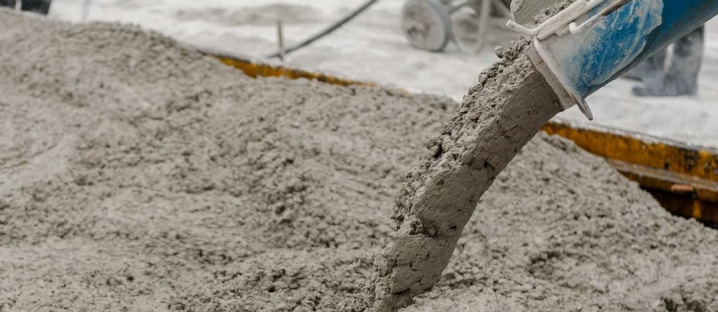
For any construction, specialized dry mixes are indispensable. With their help, they not only arrange the foundation, but also the screed of the walls, ceiling, floor, and also carry out current repairs. The most popular of these mixtures is sand concrete.

Peculiarities
Sand concrete is a dry mix of fine-grained consistency with special characteristics. This material has increased resistance to negative environmental influences (humidity, temperature changes), is not subject to corrosion and deformation. In addition, this building material has a low cost. It is these basic properties that make it possible to pour sand concrete onto the foundations of buildings.

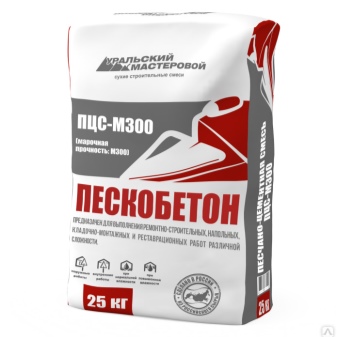
This subtype of concrete is used to organize the foundation of both tape and prefabricated types.... Sand concrete is applied as the main building material, connecting link. Foundation blocks are installed in a previously prepared place and filled with mortar.
Due to the structure and density of the finished sand concrete, even the smallest gaps between the blocks are filled, and the structure becomes monolithic and very strong.
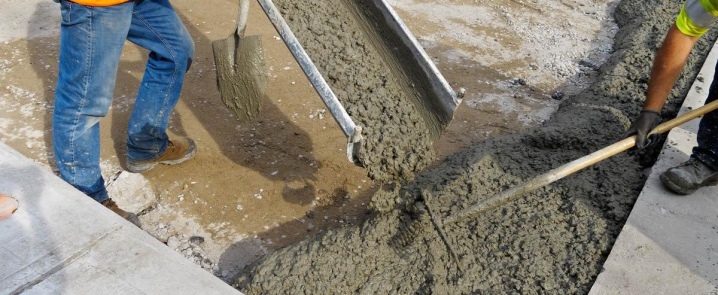
Depending on the purpose, there are the following types of sand concrete:
- waterproofing;
- plaster;
- assembly and masonry;
- wear-resistant;
- universal.
For arranging the foundation, it is better to use the last two types of dry mix: wear-resistant and universal.
What brand of sand concrete is better?
The sand concrete mixture has the following typical composition:
- 60% sand or dropout;
- 30% Portland cement;
- 10% specialized additives (plasticizers, frost-resistant, etc.).
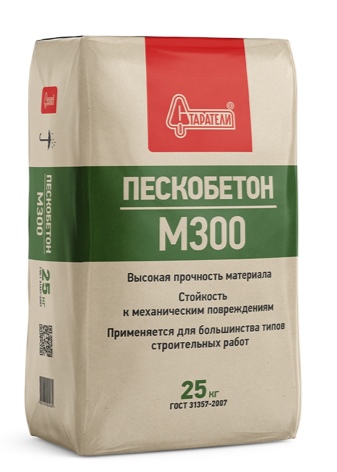
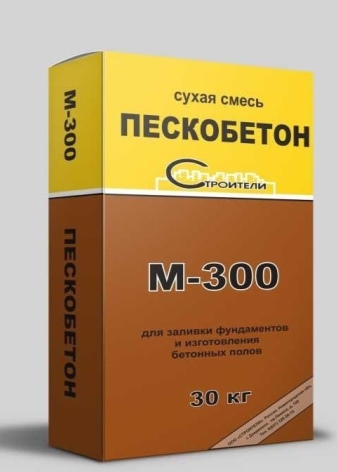
This material is marked with the letter "M" and numbers 100, 200, 300, 400 and 500. The digital code denotes the load that the ready-mixed concrete can withstand by 1 cm2. The most common construction grade is M300. All thanks to a large list of advantages:
- resistance to mechanical damage, as well as static and vibration loads;
- fire safety;
- anti-corrosion properties;
- concrete does not emit harmful substances, that is, it is chemically neutral;
- increased adhesion to most popular materials (metal, wood, etc.);
- lack of large shrinkage;
- does not pollute the environment.
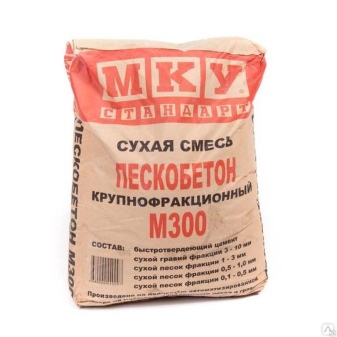
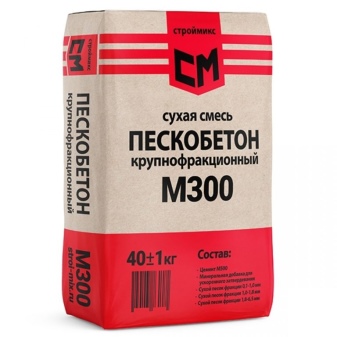
Also sand concrete M300 is a self-leveling mixture and forms a flat surface. This material is very easy to use, which means it saves physical and financial resources.
The information in the following video will help you easily choose high-quality sand concrete.
How to prepare the solution?
The process of preparing a solution of sand concrete is as follows.
- A clean container for mixing, cold water (no warmer than + 20 ° C), a drill with a nozzle or a special mixer are prepared.
- Gradually, with constant stirring, the entire volume of the dry mixture is poured into the water. The output should be a homogeneous, dense mass without lumps.
- The solution is left to settle for 5-10 minutes and work can be started.
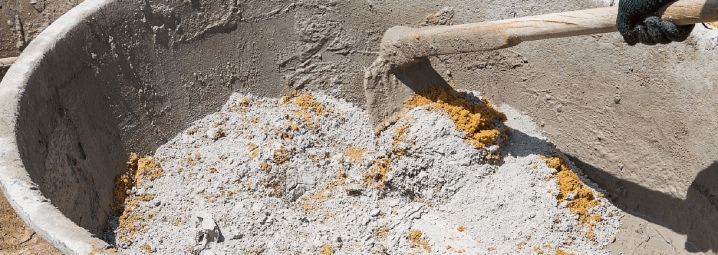
There are averaged indicators for calculating the required amount of water for mixing the solution. So, usually 10 kg of dry matter will need about 1.7 liters of water. However, these proportions may vary depending on the type of product, therefore, be sure to check the instructions on the concrete packaging and be guided primarily by the manufacturer's recommendations.
You can determine the consumption of material for pouring the foundation by calculating the required volume of dry matter.
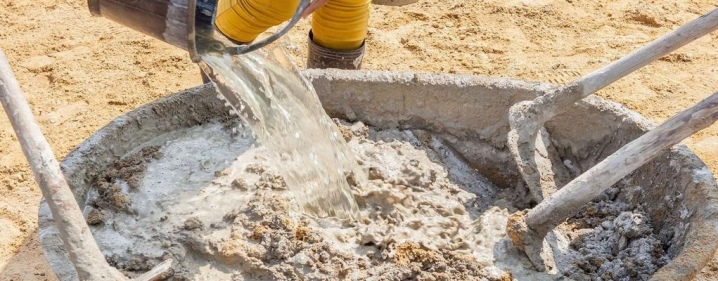
1 m3 of ready-made mortar contains from 1.5 to 1.7 tons of dry sand concrete. It is from this expense that the required amount of material is calculated. Standard packing of concrete of the M300 brand is 50 kg. This means that 30-35 bags of the mixture will be needed to fill 1 m3 of the foundation. Further, the area is multiplied by the number of bags and the amount of concrete is obtained, which must be diluted to fill the entire perimeter of the foundation of the building under construction.
How to fill the foundation?
Before pouring, the following mandatory work is carried out:
- site marking;
- earthworks - installation of a sandy substrate;
- manufacturing and installation of formwork;
- reinforcement.
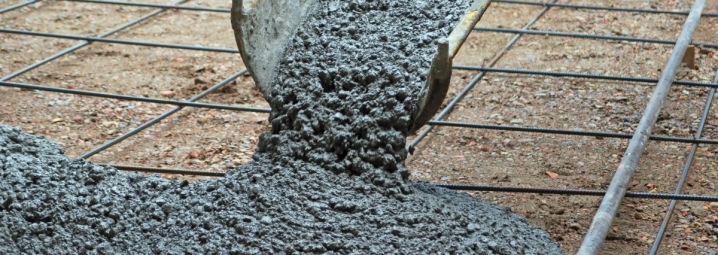
When all the steps are consistently completed, they begin to pour the foundation. This process can be done in two ways:
- at a time;
- in parts.
In the first variant, the actions are as follows.
- The entire volume of the finished sand concrete is evenly distributed over the formwork. Speed is important here, and therefore one cannot cope - a whole team of workers is needed.
- The mixture is treated with a special vibrating unit. This is to remove air bubbles and compact the concrete sufficiently.
- The surface is carefully leveled and left to dry.

An important point: drying actions are directly dependent on weather conditions. If the air temperature is within + 20-25 ° С, then there is no need for additional actions. If the weather is too hot, then the concrete may crack when it dries, which means that it needs to be covered with plastic wrap and watered with water every few days. This will allow the foundation to dry out evenly and not deform.

If pouring is carried out in parts, then sand concrete is poured in layers or in blocks. Layers are formed horizontally or vertically. The main thing is to wait for the optimal moment to pour the next portion of the solution. Ripening of the mixture at a temperature of 20-25 ° С occurs in 4 hours, and at + 5-10 ° С - in a day. However, initial hardening occurs within a few days. It is through this time interval that the next layer can be poured.
If you hurry, the previous layer is deformed, cracks and distortions may appear, which will not in the best way affect the strength and durability of the foundation.

When pouring layers by layer, the layers are also processed with a vibrating machine and carefully leveled. Some builders advise doing the following before installing a new foundation layer.
- Treat the surface of the previous layer with an abrasive or a special chemical compound. This is necessary in order to remove the "cement milk" from the surface of the film.
- Further, the entire surface is cut with an ax or chisel. You need to make about 100 shallow cuts per 1m2.

These actions will improve the adhesion, and hence the strength of the entire foundation.
Sand concrete is a versatile mixture that is excellent for a wide range of construction work. The foundation, poured with concrete of the M300 brand, will last a long time and, if all technology is observed, it will not lose its properties after decades.
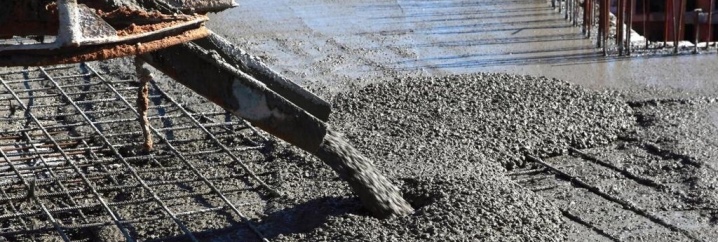













The comment was sent successfully.